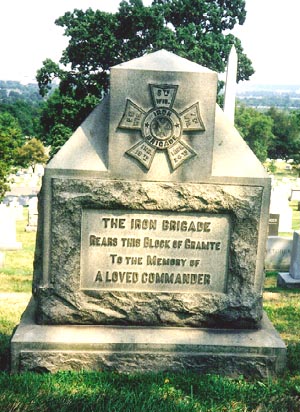Born: Philadelphia, Pennsylvania, April 20, 1827. As small boy, he was taken to Charlotte, North Carolina, from which state was appointed to West Point. He graduated in 1847, ranking in middle of his class; his most famous classmates were Ambrose P. Hill of the Confederate Army and Ambrose E. Burnside of the Union.
Before outbreak of Civil War, he saw service in Mexico, against Florida Seminole Indians, and at West Point where he was on duty for 5 years as an artillery instructor and Quartermaster.
In 1861 he was Captain of the 4th Artillery stationed at Fort Leavenworth, Kansas. Although his wife was from Baltimore and three of his brothers entered the Confederate Army, he adhered to the Union.
After some months as Chief of Artillery in Irvin McDowell's Division, was made Brigadier General of Volunteers May 2, 1862, and assigned to command of the “Iron Brigade,” which he led at 2nd Manassas and in the Maryland Campaign. In November 1862, he was advanced to command of the 2nd Division of John F. Reynolds' I Corps and was badly wounded at the battle of Fredericksburg the following month.
Back to duty after a 3-month convalescence, he directed the 2nd Division of Winfield S. Hancock's II Corps – and on two occasions the Corps itself – with conspicuous gallantry and distinction at Gettysburg, until he was again wounded and carried from field. Upon recovery he commanded the Cleveland and Philadelphia draft depots until commencement of US Grant's Overland Campaign in 1864, when he assumed command of his old Division. With it he fought in all the battles between the Wilderness and the investment of Petersburg, and was prom Major General to rank from June 7, 1864.
In January 1865, he was given command of newly organized XXIV Corps, Army of James. At Appomattox he was one of commissioners designated to receive surrender of Army of Northern Virginia.
After the war, he received the usual brevets and was appointed Colonel of the 36th US Infantry and 1869 of the 7th US Infantry. His service was mainly against Indians on the frontier, where the fallacy of pursuing the world's finest horsemen with foot soldiers was indelibly illustrated. Nevertheless, his overall conduct of operations was highly commendable. He shared no blame in Custer's headstrong conduct at Little Big Horn, arriving in time only to rescue survivors of Custer's command and bury the dead. The following year he conducted a successful campaign against Nez Perces and on July 10, 1885, was made Brigadier General in the Regular Army.
After retiring in 1891, he made his home in Baltimore where he died February 6, 1896, serving at the time as Commander-in-Chief of the Military Order of the Loyal Legion. Author: The Artillerist's Manual, published by the War Department in 1860 and Personal Recollections of the Civil War, written in 1885 but not published until 1928. Wrote “Hunting Sitting Bull,” American Catholic Quarterly (2), 1877, “Last Summer's Expedition Against the Sioux,” American Catholic Quarterly, (2), 1877, “The Battle of the Big Hole,” Harpers Weekly (39), 1895, “Gibbon on the Sioux Campaign of 1876.” He is buried in Section 2, Grave 986, Arlington National Cemetery.
GIBBON, JOHN
- BRIG GEN BAT MAJOR GEN USA
- VETERAN SERVICE DATES: Unknown
- DATE OF DEATH: 02/06/1896
- DATE OF INTERMENT: 02/10/1896
- BURIED AT: SECTION 2 SITE LOT 986
ARLINGTON NATIONAL CEMETERY
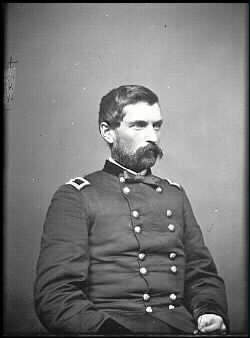
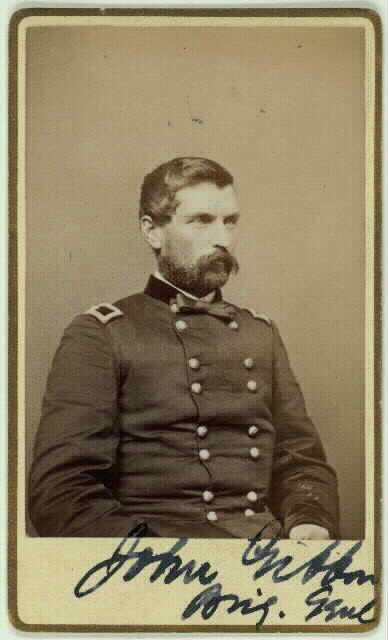
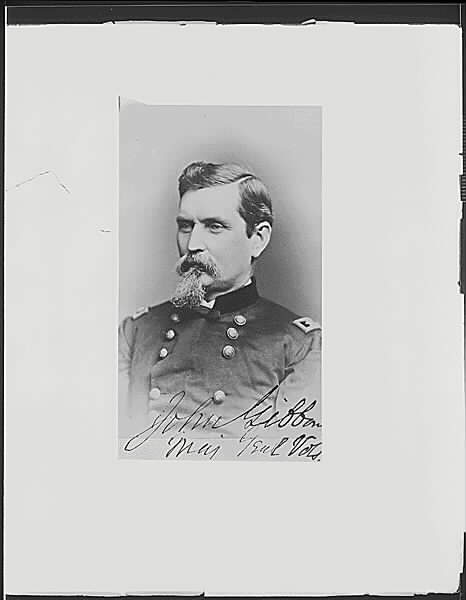
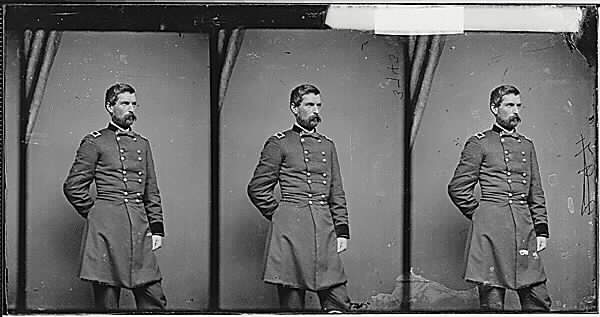
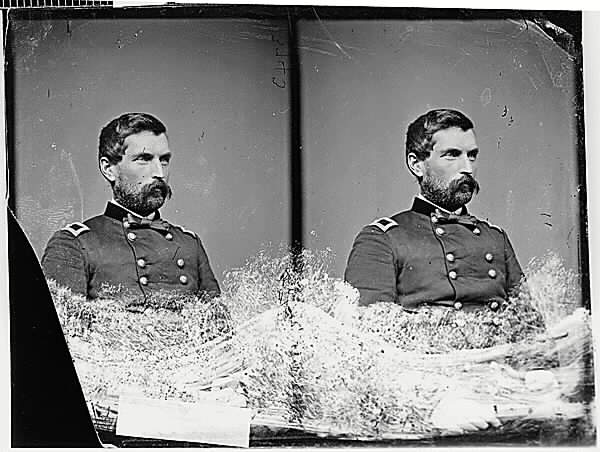
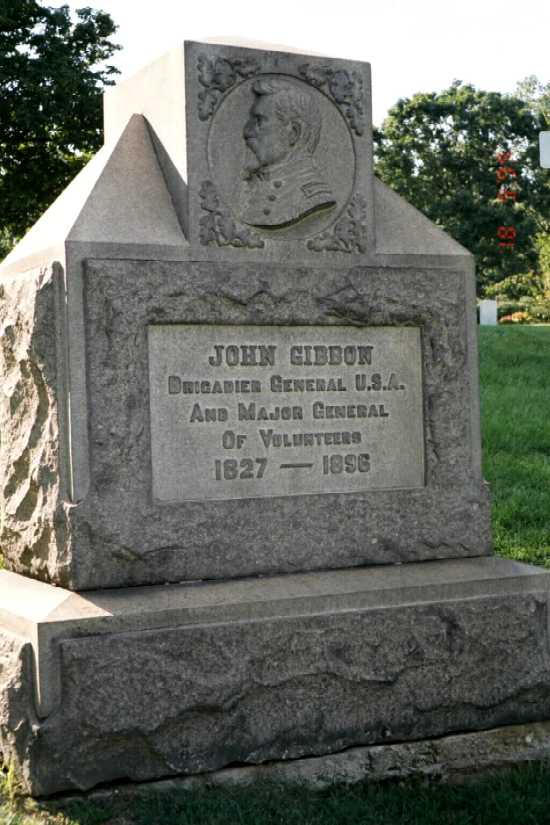
Michael Robert Patterson was born in Arlington and is the son of a former officer of the US Army. So it was no wonder that sooner or later his interests drew him to American history and especially to American military history. Many of his articles can be found on renowned portals like the New York Times, Washingtonpost or Wikipedia.
Reviewed by: Michael Howard

